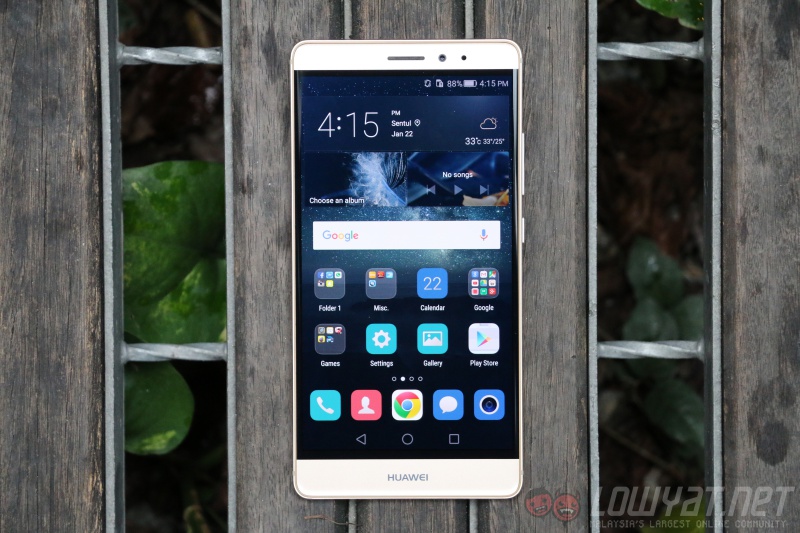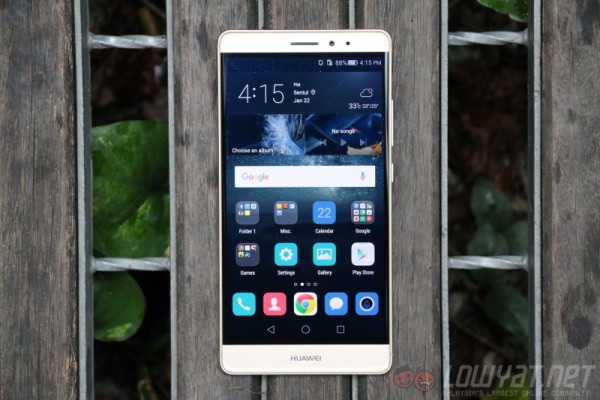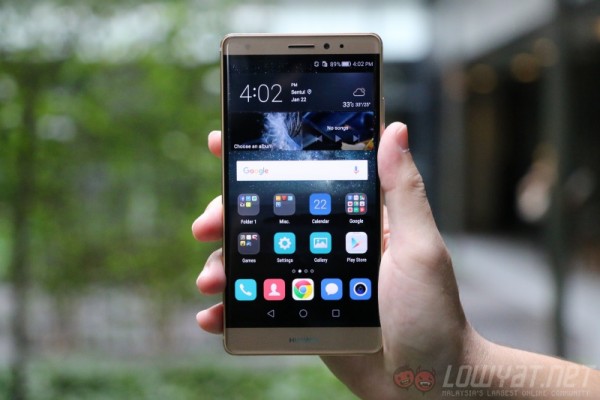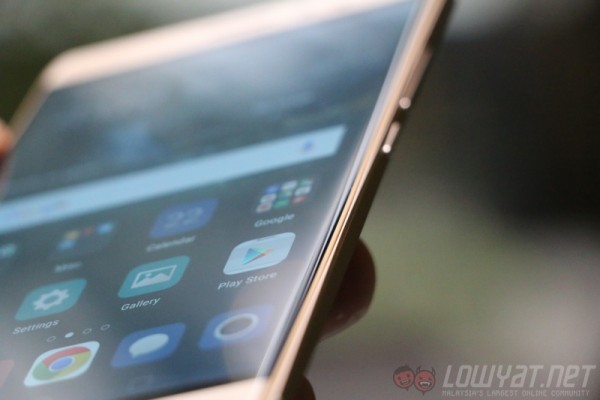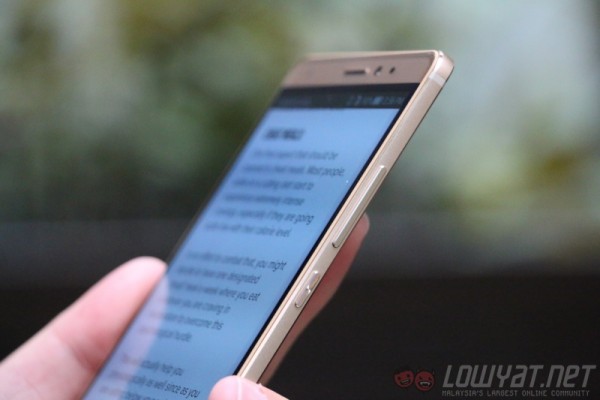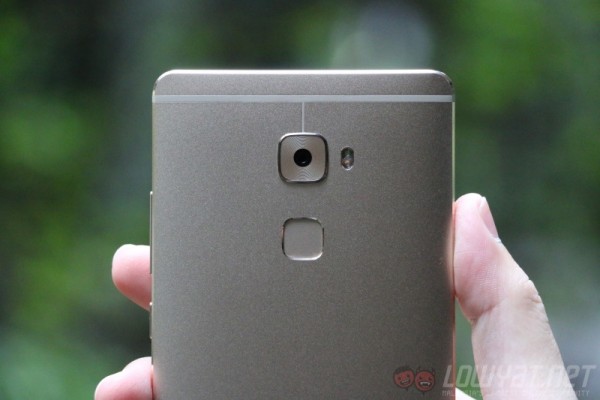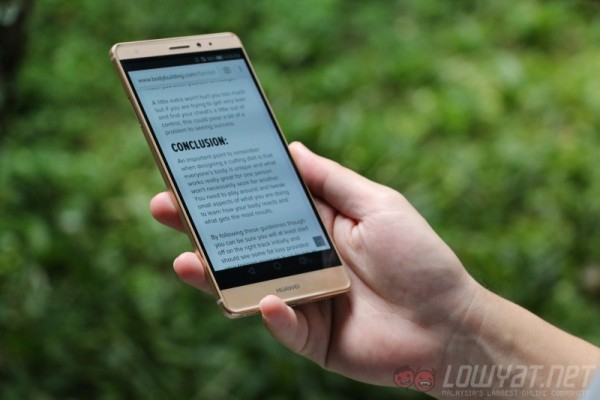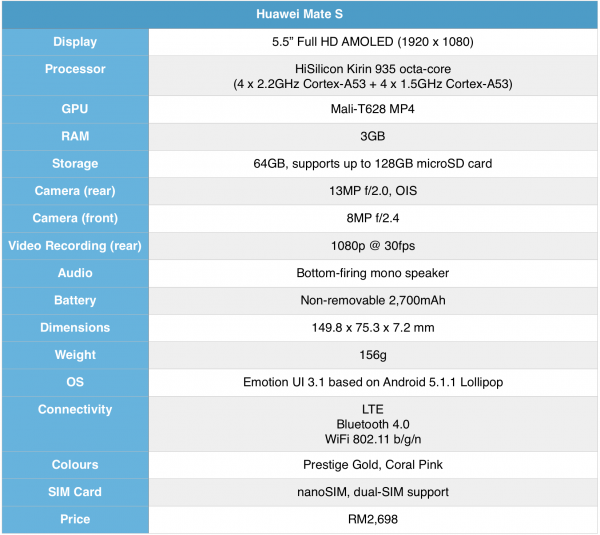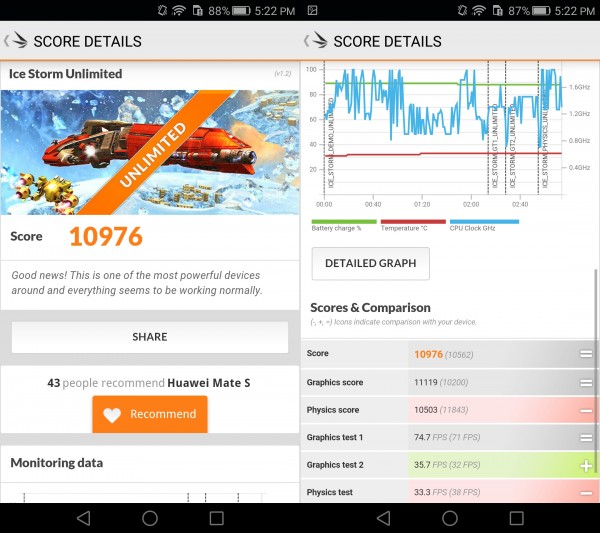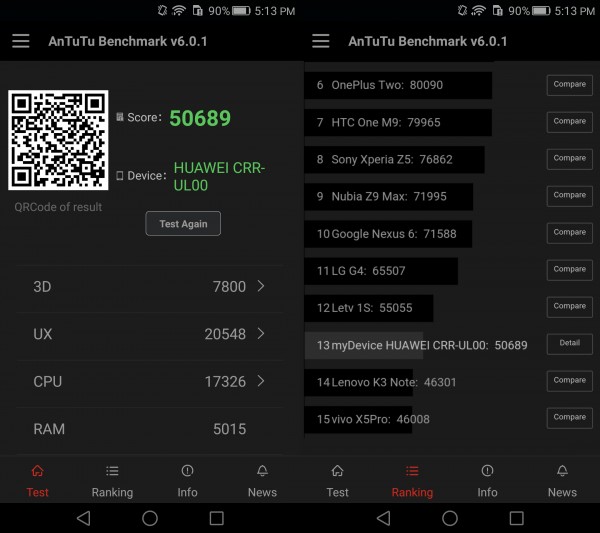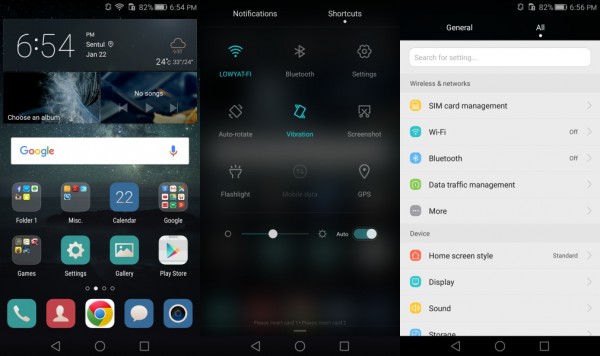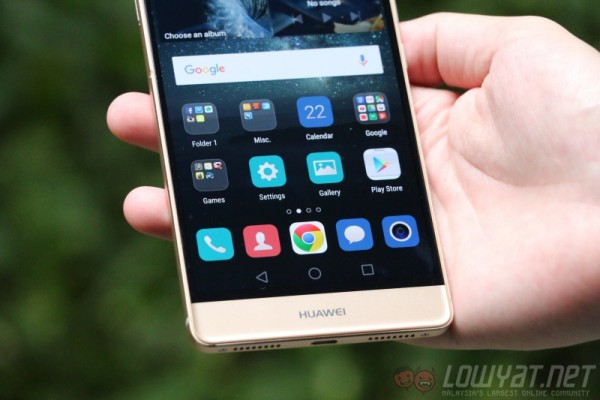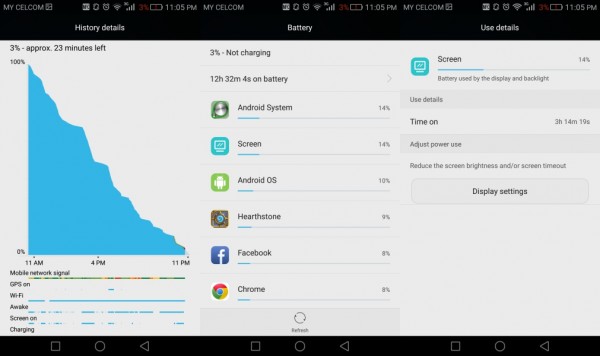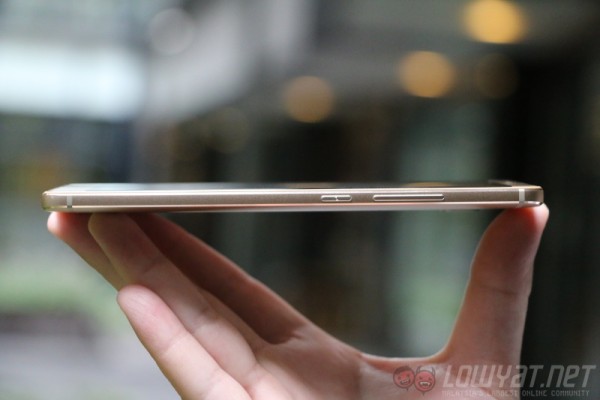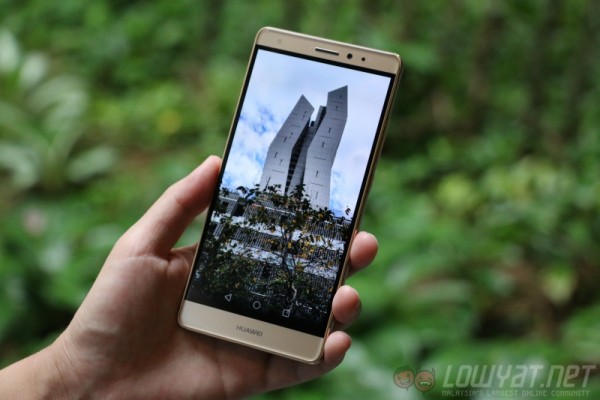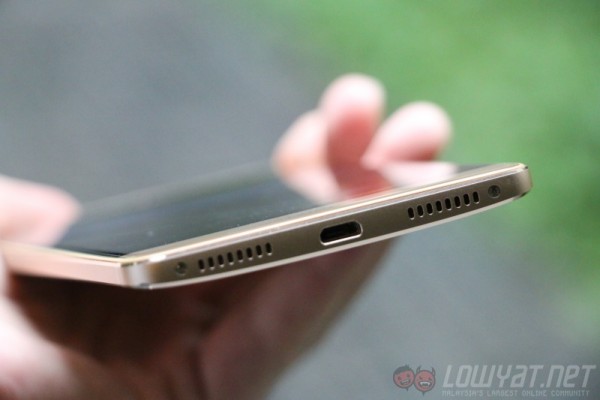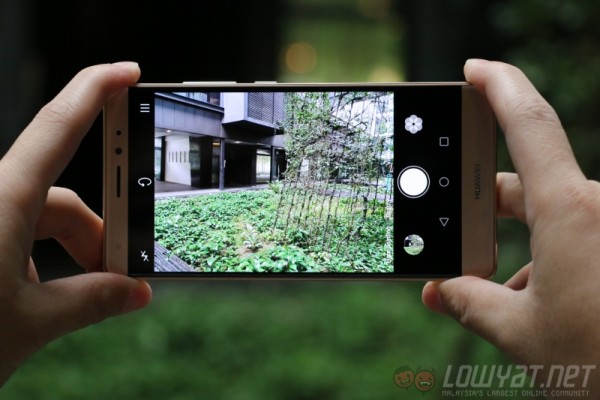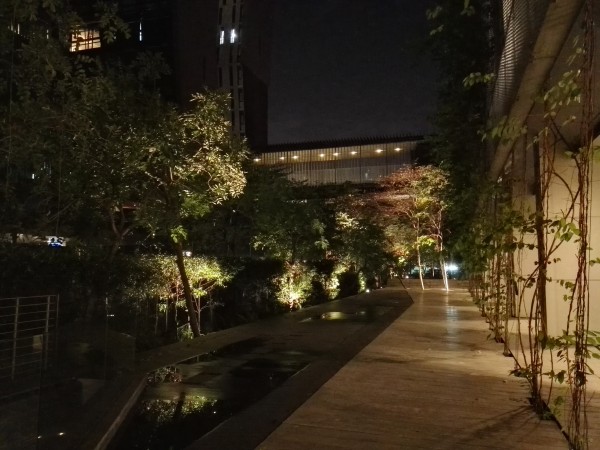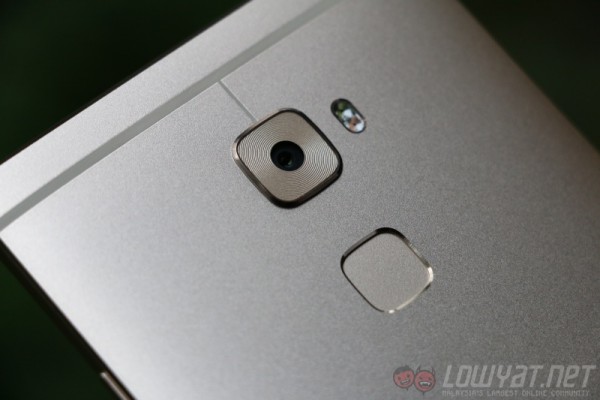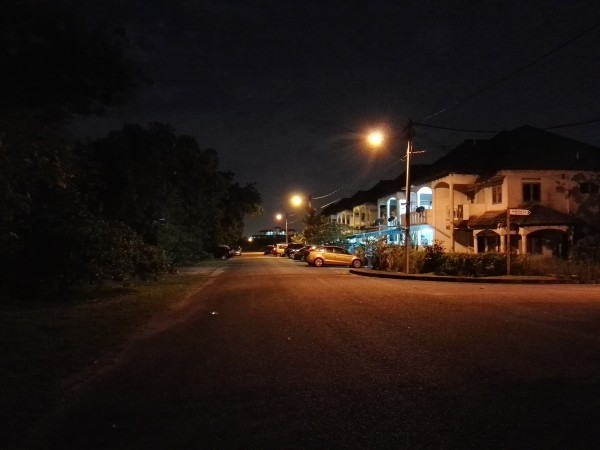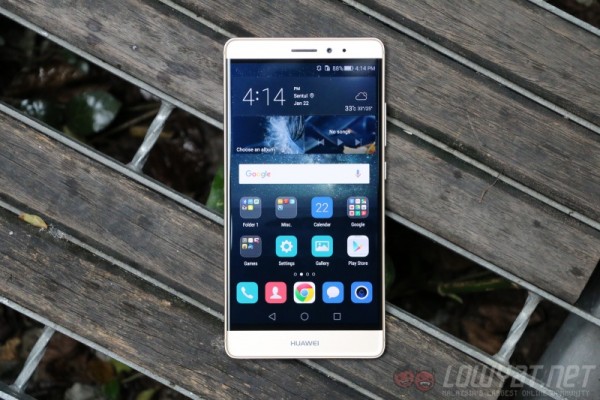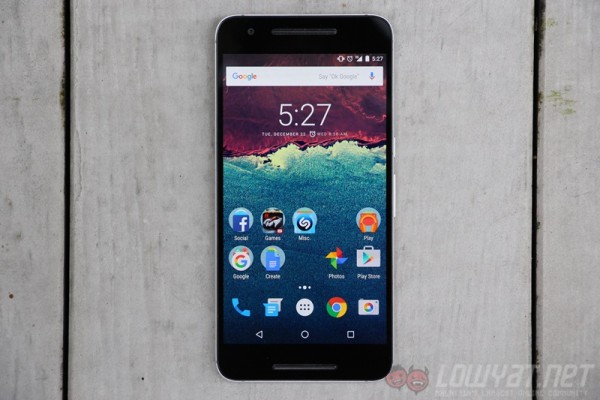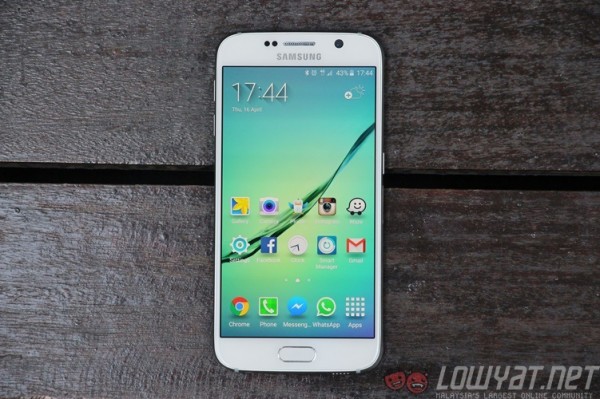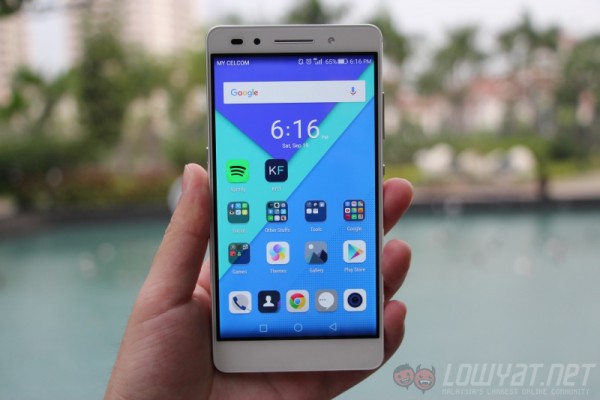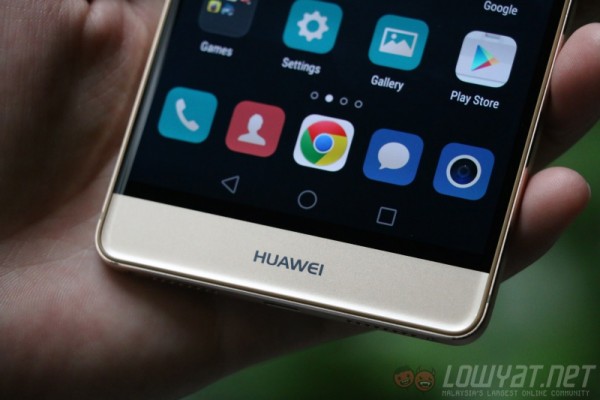Huawei has come a long way. Having partnered with Google to come up with the greatest and most premium Nexus device yet, one shouldn’t forget that the Mate S, its flagship smartphone released before the Nexus – is a testament to how far the company has come over the years as well. Not only is the Mate S one of the first smartphones to feature a pressure-sensitive display, it is also one of the most premium – and costly – Android devices yet. The question is: is the Huawei Mate S worth its asking price of RM2,698?
DESIGN & FIRST IMPRESSIONS
Aesthetically, the Huawei Mate S is without a doubt a premium Android smartphone. The all-metal body is nice to the touch, and the 2.5D Gorilla Glass 4 panel adds to the premium experience. The slightly curved rear panel also makes the Mate S a rather ergonomic smartphone; it just feels right to hold in my hands. In fact, I personally think the Mate S feels more premium than the Nexus 6P, and this really speaks volumes to how well-built this smartphone is.
However, the slight plastic lip surrounding the 2.5D Gorilla Glass 4 slightly mars the overall premium construction of the Mate S, although it actually took me a few days to actually notice this. Aside from the great build quality, I like the Mate S’ side buttons. They offer good tactile feedback, and are well within reach of my thumb whenever I have to operate it with only one hand. To differentiate the power button and the volume rocker, the former is actually textured, which is a nice touch – in this case, literally.
And then we have the rear fingerprint sensor, and what a sensor it is. This is by far one of the fastest and most accurate sensors I have ever used on an Android smartphone. It’s remarkable how much faster it is over the Nexus 6P, and the 6P’s sensor is no slouch either. In addition to the fingerprint sensor being another layer of security, it also offers various gestures that proved to be really useful. I’ll elaborate more on this in the software section of this review.
All things considered, the Huawei Mate S truly feels like a flagship device, but there is more to a smartphone beneath the surface. In certain areas, the Mate S did not impress me as much. More on that in later sections of this review.
HARDWARE
Looking at its specifications, the Mate S has a few hardware aspects that are not really befitting of its flagship status. For one, there’s the Kirin 935 processor. Understandably, this is Huawei’s best chipset when the Mate S was officially unveiled (the Kirin 950 was unveiled not long after that), but it is outclassed by many other processors that are found in other similarly priced flagship devices. For example, we have the Samsung Galaxy Note 5 and the Nexus 6P, which are powered by the very capable Exynos 7420 and Snapdragon 810 processors; chipsets that offer better overall performance.
Aside from the processor, the Mate S also lacks a 2K display, opting instead for a lower resolution 1080p panel. While this may seem like a sacrifice, it’s worth noting that there are few – if any – tangible benefits of having such a sharp display.
BENCHMARKS
SOFTWARE
Running on Huawei’s Emotion UI 3.1 based on Android 5.1.1 Lollipop, the Mate S offers a very similar software experience to the Huawei P8 and honor 7. What makes the Mate S somewhat different, however, is the fact that its fingerprint sensor has several neat tricks. I can slide down on the sensor to pull down the Notification Shade, double tap it to clear all notifications, and sliding up the sensor will close the Notification Shade. One might argue that it may be no different from navigating these actions from the screen itself, but I gotta say it is something interesting…and cool.
Aside from this, EMUI 3.1 feels very responsive and light, and I like how the on-screen keys on the bottom of the Mate S are located closer to each other to make it easier to reach. However, I noticed that after several updates to the Mate S, more and more bloatware were installed on the device. These include the Clean Master and Real Football 2015 apps, which, thankfully, can be removed easily.
Other than that, what makes EMUI 3.1 particularly unique from other versions of Android is Knuckle Sense 2.0, which acts as another form of input. I can simply double tap on the display with my knuckle to take a screenshot, and I can even draw a specific letter to launch any app that I’ve associated – it also works when the display is switched off – with said letter; that’s a very nice touch.
BATTERY LIFE
Equipped with a 2,700mAh battery, I honestly did not expect much from the Mate S, and – unfortunately – I was right to be pessimistic. While I can get a full day’s worth of battery life out of the Mate S, I’m often left with less than 10% of battery life by the end of the day. On certain occasions, I found myself looking for a charger by evening, which is pretty inconvenient.
In order to achieve such a slim profile, certain parts of the hardware of the Mate S had to be sacrificed, such as the battery capacity. Don’t get me wrong, the battery life of this device isn’t the worst I’ve experienced, but for a device at this price, I should be expecting a lot more.
As for the Mate S’ fast charging capability, it achieved approximately 35% of battery life within 30 minutes of charging; the test was done by draining the device and immediately charging it without switching the smartphone on.
DISPLAY
Although the Mate S “merely” has a 5.5-inch 1080p display, it looks really good to my eyes. More likely than not, the AMOLED display plays a huge role in my favourable impression of it. The blacks are truly black (as the individual pixels are actually switched off), and the colour contrast is excellent. Quite simply, this is an impressive display befitting of a flagship Android smartphone.
AUDIO
In this department, the Mate S performs adequately well. The speakers can get quite loud if I want it to, and best of all, there’s no noticeable buzzing or crackling when I crank up the volume. While there seems to be two speaker grilles on the bottom of the device, only the one on the right is the actual speaker.
Although I would’ve loved to see a front-facing speaker setup on the Mate S instead to avoid accidentally muffling the audio, I’m glad that the mono speaker provides good audio quality. I’ll take this bottom-firing speaker over a front-facing speaker setup that offers inferior audio experience.
CAMERA
Packed with a 13MP rear camera (complete with optical image stabilisation), the Mate S is quite a capable shooter. Although images are saturated and slightly warm, this combination (usually) results in very nice images. Shooting under ideal lighting is great, and the camera performs decently in low-light conditions as well, although the results are not always consistent – certain low-light images can get quite noisy. I also love the fact that I can launch the camera app by simply double tapping the volume down button.
However, much to my dismay, the Mate S’ shooting experience isn’t as expected of a flagship smartphone. There is quite a noticeable shutter delay between shots, and the autofocus simply isn’t fast enough for a device this costly. However, the OIS does ensure that most of my shots are sharp and crisp (if the AF locks in fast enough, of course).
The Mate S is able to capture great shots without a doubt, but the camera performance and shooting experience are not up to par with competing devices. While I’m quite impressed with the camera’s performance, for a device that costs so much, I expected more out of it; equivalent to the Nexus 6P’s camera, at the very least.
CAMERA SAMPLES
COMPETITION
Retailing at RM2,698, the Mate S has several noteworthy competitors, and none of them is more obvious of a competitor than the Nexus 6P. Not only do these two devices retail at the same price, both are also made by Huawei. At first glance, the Nexus 6P is the better equipped device: it is packed with a 5.7-inch 2K display, a superior Snapdragon 810 processor, and a better camera performance. The 6P also offers the pure Android experience, which is a selling point in itself.
That being said, the Mate S does have several advantages. It offers genuinely useful features – which stock Android lacks – such as Knuckle Sense 2.0 and several convenient gestures with the rear fingerprint sensor. Other than that, the Mate S is also easier to use with one hand (due to its smaller dimensions), not to mention the fact that it feels more premium than the Nexus 6P, thanks in part to the 2.5D Gorilla Glass 4.
And then we have the Samsung Galaxy S6. Retailing at about RM2,199 from certain retailers for the 32GB variant, the S6 is definitely more affordable than the Mate S, which is rather surprising considering how well-equipped the former is. The Galaxy S6 has a smaller (but much sharper) 5.1-inch Super AMOLED 2560 x 1440 QHD display, a faster Exynos 7420 processor, and of course, superior camera performance.
That is not to say the Mate S does not have any advantages over the S6. For one, the Mate S has a slightly bigger 2,700mAh battery over the S6’s 2,550mAh cell. On top of that, the all metal body of the Mate S can be seen as a more premium construction over the S6’s glass back, although this will depend largely on each individual’s preferences. It’s also worth mentioning that the Mate S has Knuckle Sense 2.0 and a microSD card slot, features that are not present on the S6.
Finally, we have one more device to compare against the Mate S; this comparison would not be complete without the much more affordable honor 7, which retails at RM1,399. Although it costs less than the Mate S, the honor 7 shares two similarities with it: both devices have a 1080p display (although the honor 7 has an IPS panel instead of the Mate S’ AMOLED display) and a Kirin 935 processor paired with 3GB of RAM.
That being said, there are reasons why the honor 7 costs so much less than the Mate S. For one, the Mate S has 64GB of internal storage, while the honor 7 only has a meagre 16GB of built-in storage, although both devices have a microSD card slot. Other than that, despite the fact that the honor 7 has a larger 20MP camera, it lacks OIS, which is present on the Mate S’ 13MP camera. Finally, but definitely not least, the Mate S boasts a more premium construction over the honor 7 – the latter has plastic strips on the top and bottom of the device.
Essentially, the Mate S can be considered a more premium offering over the honor 7 with several useful features, but it comes at a price; a very hefty one at that.
CONCLUSION
Huawei has definitely put a lot of work into the Mate S, and it truly shows. Unfortunately, its high asking price is one of its biggest hurdles to be a truly compelling Android device for consumers; the Mate S simply does not offer the same (or better) user experience than other similarly priced flagship devices. If Huawei were to bring in the Mate S with a pressure-sensitive display to Malaysia instead, I can see the justification for such pricing.
While the Mate S is a costly smartphone, it is a premium device. It offers a very quick fingerprint sensor, a unique input method with Knuckle Sense 2.0, and its camera isn’t too bad as well, although many competing devices offer better camera performance. If you’re in the market for a premium-looking smartphone with high-end performance and something that’s different, the Mate S is worth a gander or two, though it isn’t necessarily the best Android smartphone money can buy.
Photography by Terry Bass.
Follow us on Instagram, Facebook, Twitter or Telegram for more updates and breaking news.


